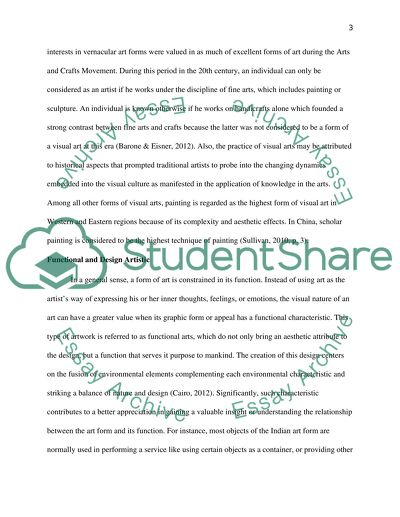Cite this document
(“Can art be functional and design artistic Essay”, n.d.)
Can art be functional and design artistic Essay. Retrieved from https://studentshare.org/visual-arts-film-studies/1494421-can-art-be-functional-and-design-artistic
Can art be functional and design artistic Essay. Retrieved from https://studentshare.org/visual-arts-film-studies/1494421-can-art-be-functional-and-design-artistic
(Can Art Be Functional and Design Artistic Essay)
Can Art Be Functional and Design Artistic Essay. https://studentshare.org/visual-arts-film-studies/1494421-can-art-be-functional-and-design-artistic.
Can Art Be Functional and Design Artistic Essay. https://studentshare.org/visual-arts-film-studies/1494421-can-art-be-functional-and-design-artistic.
“Can Art Be Functional and Design Artistic Essay”, n.d. https://studentshare.org/visual-arts-film-studies/1494421-can-art-be-functional-and-design-artistic.


